From: Kathryn Hansen, NASA’s Earth Science News Team/Cryosphere Outreach Specialist
KANGERLUSSUAQ — Science flights from Kangerlussuaq, or “Kanger,” last anywhere form five to eight hours. Then there are the nightly meetings to attend, an aircraft to upkeep, and weather to check. Today’s flight, however, was scrubbed due to weather and ash. What do scientists, engineers and flight crew do when they’re not flying? What’s it like in Kanger?
Kangerlussuaq is nestled at the head of a fjord in western Greenland. The town hosts a commercial airport, which until 1992 was a United States Air Force Base. Now, the town is a hub for tourists and researchers.
Some of the IceBridge researchers and crew are looking forward to the return to Thule, currently planned for May 17. Still, others appreciate the relatively snow-free springtime in Kanger, where you can simply walk to work at the airport, or go for a hike or bike ride.
Here’s a look around town and beyond:
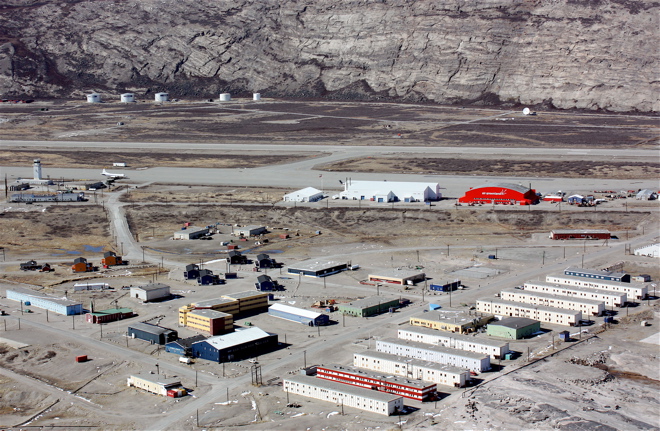
The entirety of Kangerlussuaq, Greenland, can be seen from a nearby hill, just a short drive or afternoon hike away. NASA’s P-3 (top left) waits on the runway for the next science flight. Credit: NASA
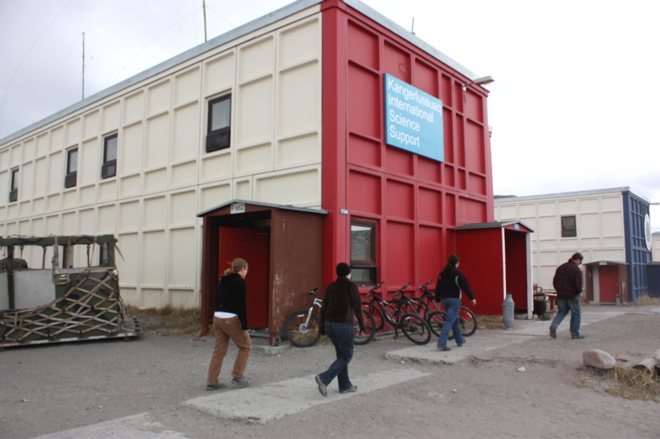
 |
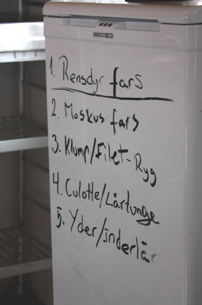
|
Kyle Krabill, with the ATM instrument group, picks up some Musk Ox steaks from the local butcher shop. Credit: NASA
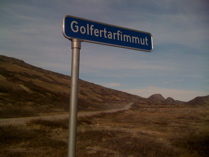 |
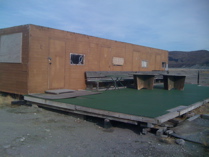 |
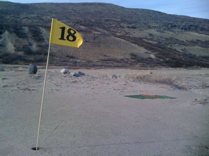
|
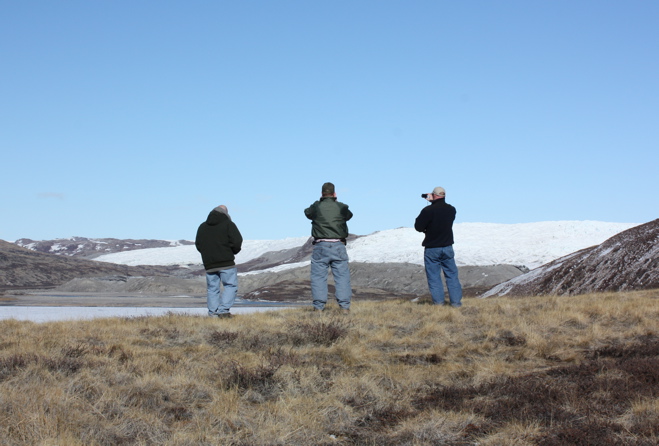
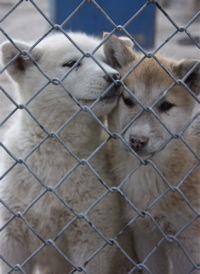 |
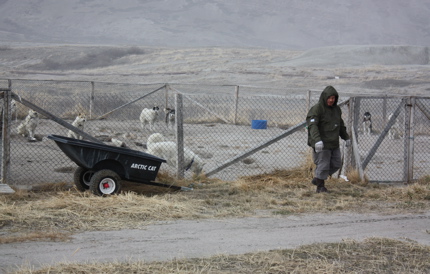 |
The parents of these dogs are working animals, pulling sleds over the snow and ice. Credit: NASA

Sounds pretty awesome to me! I was talking with my bosses tonight (I’m a co-op for the company that built the Apollo communication radios and radio network) and they made the point that we in the U.S. don’t trust young people like we used to. The people launching Apollo were around 26 years old. 26! I know a lot of great engineers at my company who are very young leaders and managers and do a great job.
I’m saddened to hear that a find-and-replace method is what NASA is using to update its workforce, but I’m not surprised. I’ve made the statement more than once that NASA needs a rebuild (under Pete Warden if possible) to get young people out at the front lines with the older wiser scientists and engineers supporting them. Hopefully as the young people take over, NASA will transform no matter what and we can fix the stagnation of NASA that was implemented by our parents’ generation.
I really love those polar dogs working for NASA and all in those cold regioins.